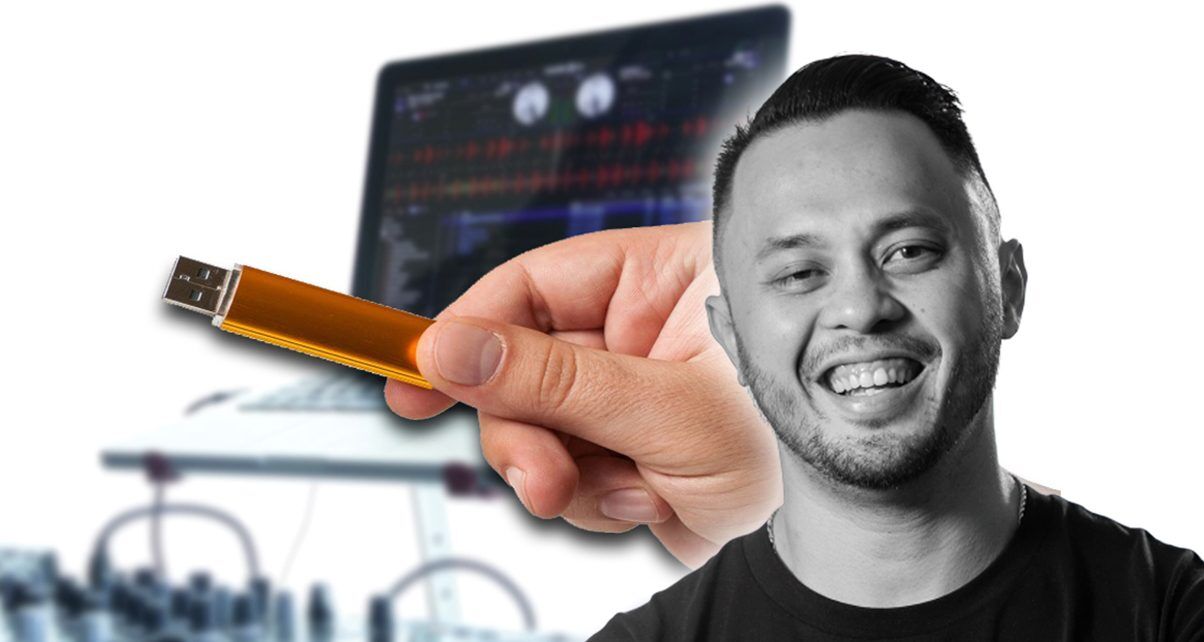If you’ve ever seen a DJ using software with records or CDs, they are most likely using a DVS (digital vinyl system) which is actually one of the oldest forms of digital DJing. DVS uses special timecode vinyl or CDs with an audio interface to control the music on the computer. But did you know that as long as the gig you are playing has modern CDJs that have USB or SD slots (most do), you can spin using DVS without the need for timecode CDs?
Why not just use CDs?
CDs may have been one of the original methods to use DVS, but DJs can now use a USB flash drive or SD Card instead. They’re easier to carry in your DJ bag than a pair of CDs, are more durable, and even allow you to have additional songs or mixtape for technical emergencies.
How do you set up a timecode USB drive / SD card?
Setting up a flash drive or SD card with timecode is simple:
- Format the flash drive/SD card in FAT32 – FAT32 is an older file format that is great because it can be understood by almost everything
- Download the timecode file for the DJ software you use – Each DJ software uses its own proprietary timecode which means you will need to download the correct timecode for the software that you use
- Transfer the timecode file to the flash drive/SD card
Once your flash drive or SD card is prepared, using it is simple: Just plug the flash drive or SD card into the CDJ / XDJ media player, select the proper input (USB or SD), and then select the timecode file.
Emergency backup system
A huge benefit to using flash drives or SD cards over timecode CDs is the fact that you are able to put music on them on top of just the timecode. This provides a nice emergency backup solution if anything happens to the DVS software, or even worse the entire computer. In most cases, loading up an “emergency” song is as simple as selecting the track on the flash drive or SD card and hitting play. This buys some time to figure out what is happening with the software or hardware, get it fixed, and keep the party going.
Finally…
Having timecode on flash drives or SD card makes for a more convenient experience when using DVS software. It takes up less room in your bag, is more durable, and it also gives you an emergency backup solution when you need time to troubleshoot behind the decks.
Do you spin with with CDJs and DVS? Any DVS set-up tips you’d like to share? Let us know in the comments below.


